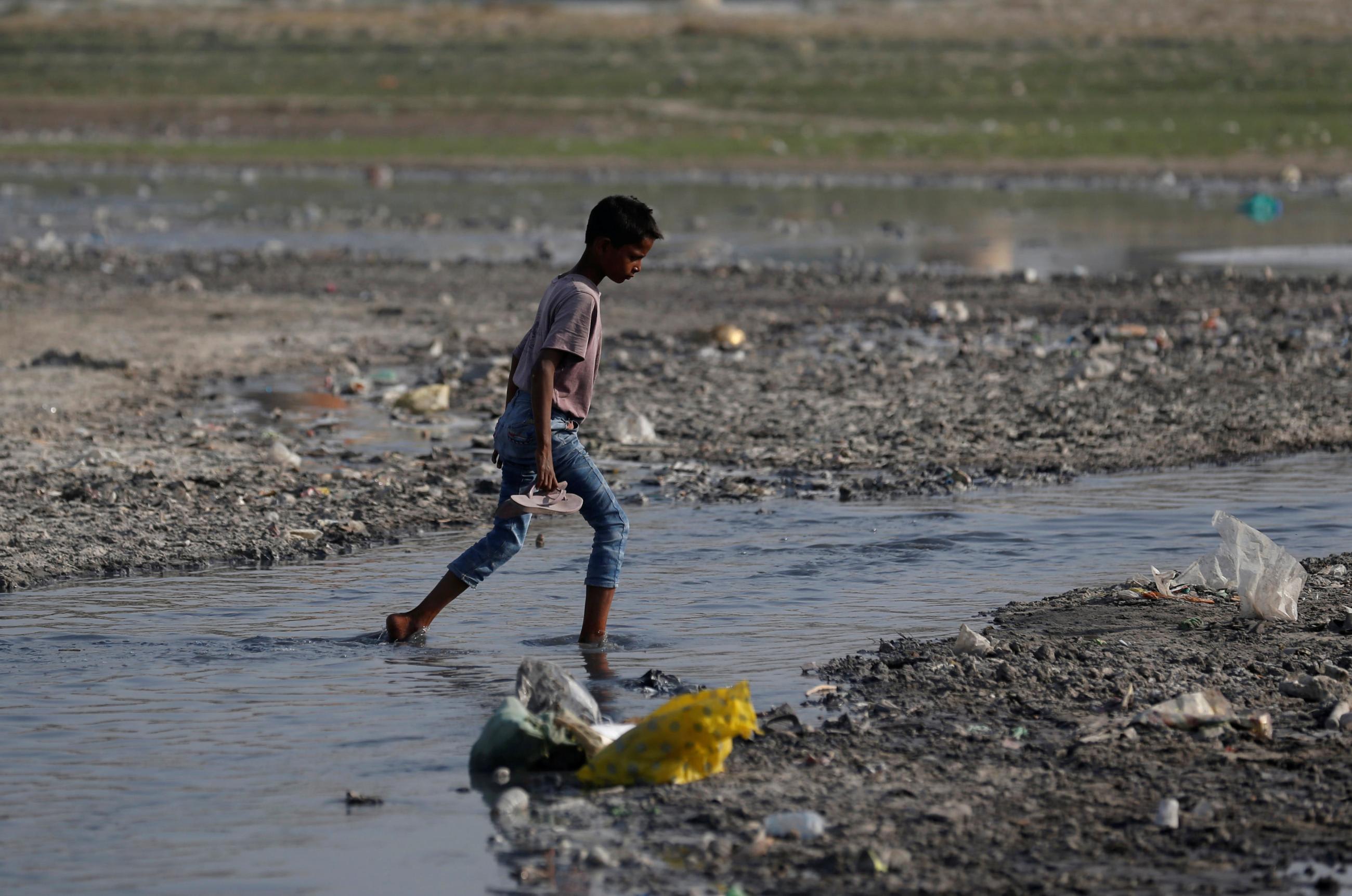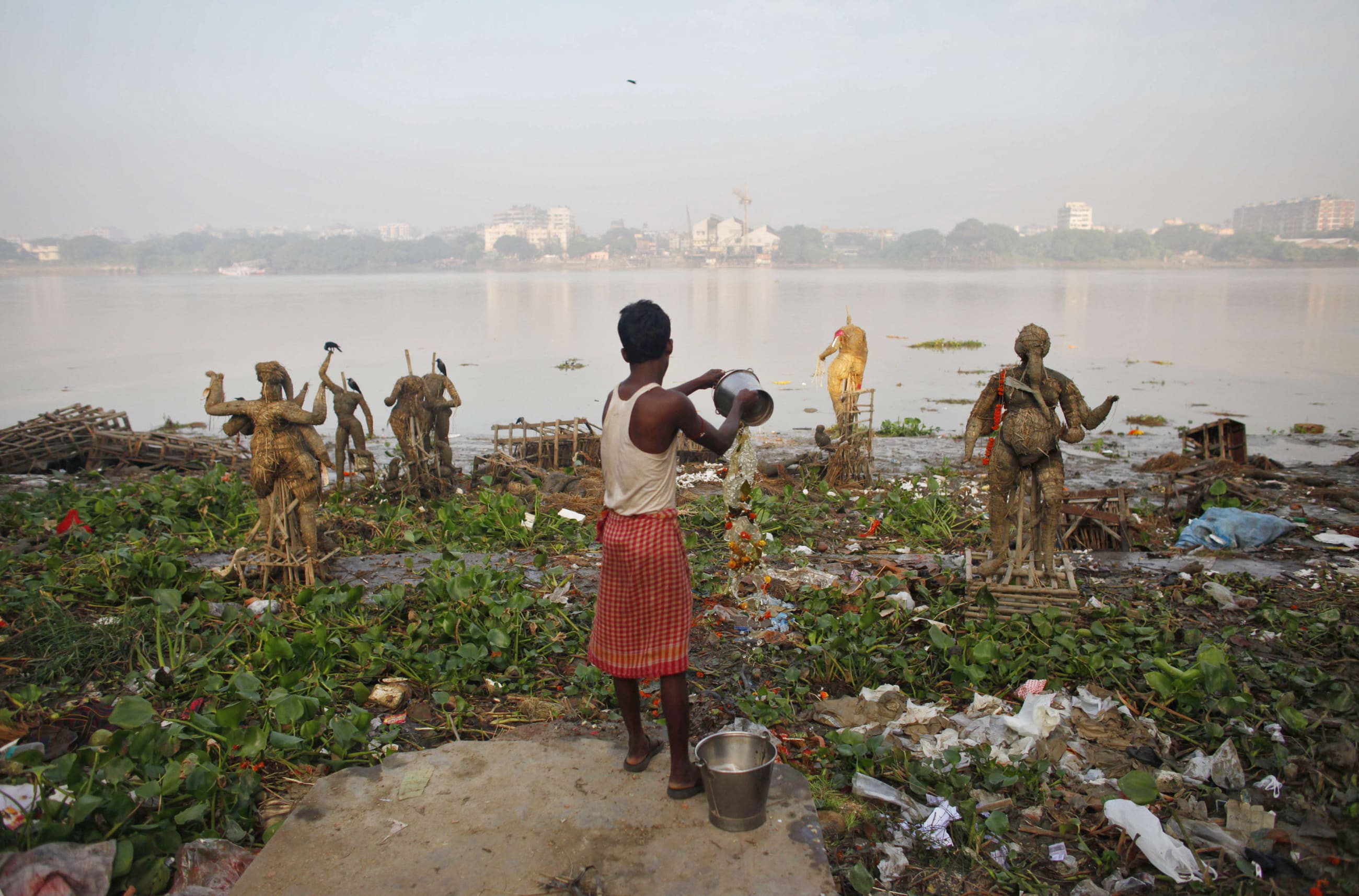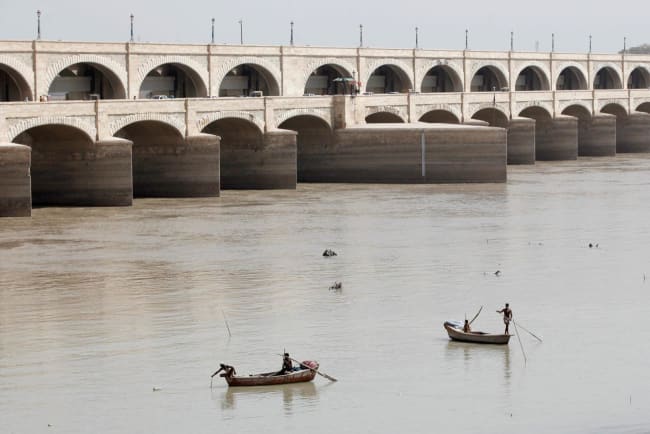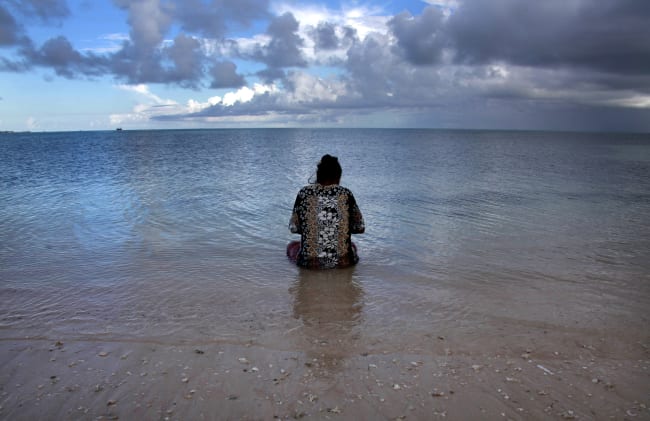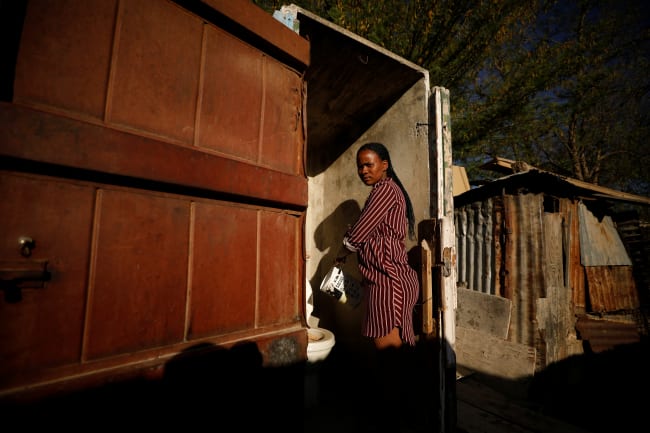The historic 30-year Ganges water-sharing treaty [PDF] between Bangladesh and India is set to expire in 2026, marking a critical moment for 630 million people [PDF] who directly or indirectly depend on the Ganges River for their livelihoods and well-being.
Although Bangladesh and India have each shown their genuine interest in achieving climate-related Sustainable Development Goals (SDGs), their policies and strategies have remained silent on the need to share transboundary water in an environmentally sensitive way. Mass displacement of people due to riverbank erosion, a drought-like situation during summers, flooding during rainy seasons, salinity intrusion, and arsenic contamination all stress the local health system and threaten health security.
The two countries now have the opportunity to give the treaty a planetary health [PDF] makeover, one that recognizes the interconnectedness between human health and the earth's systems. This approach not only will help restore balance to a damaged ecosystem, but also can lead to environmental peacebuilding in South Asia.
Water Sharing in Bangladesh and India
Barsha—Bangladesh's rainy season that stretches from June to October—has historically been portrayed in Bengali literature as a time for a revival of nature with fresh greenery after the scorching heat of summer. Mild seasonal floods make this revival even more meaningful because they carry billions of tons of fertile silt through the mighty Ganges, Brahmaputra, and Meghna Rivers as well as through their countless distributaries that crisscross the Bengal Delta.
The Bengal Delta—present-day Bangladesh—has seen the continuous accumulation of silt since the last ice age. This process, which had been ongoing for tens of thousands of years, was suddenly disrupted when India began constructing the Farakka Barrage on the Ganges in the 1960s. The barrage diverted water from the Ganges, aiming to maintain the navigability of the Kolkata port.
A planetary health approach not only will help restore balance to a damaged ecosystem, but also can lead to environmental peacebuilding in South Asia
In December 1996, when India and Bangladesh signed the current treaty, Bangladesh aimed to secure at least half of the water available at Farakka, and India sought to retain enough to maintain the navigability of the Kolkata port. As a result, the treaty focused entirely on the volumetric sharing of Ganges water, based on flow data from the 40 years between 1949 and 1988.
The treaty acknowledges the importance of the "optimal utilization of water by riparian states," the "need to cooperate to find long-term solutions for augmenting Ganges water," and the principles of equity, fairness, and no harm. Environmental scientists and researchers, however, have criticized the treaty's lack of a clear mechanism to ensure implementation of those principles as outlined in international water law. Another serious criticism is that the treaty does not account for the ecological and environmental consequences of water sharing.
As the two countries look forward to talks on renewing the treaty, policymakers should ask whether the 1996 treaty's focus on volumetric water sharing has meaningfully improved conditions in either Bangladesh or India. The short answer is no.
Bangladesh is still struggling with numerous complex water-related crises despite the treaty, including desertification, water scarcity during the dry season, excessive flooding during monsoons, aggressive riverbank erosion, groundwater depletion, loss of navigability, and upstream salinity intrusion. Making matters worse, the scarcity of water and overflooding are both direct threats to the food security of Bangladesh.
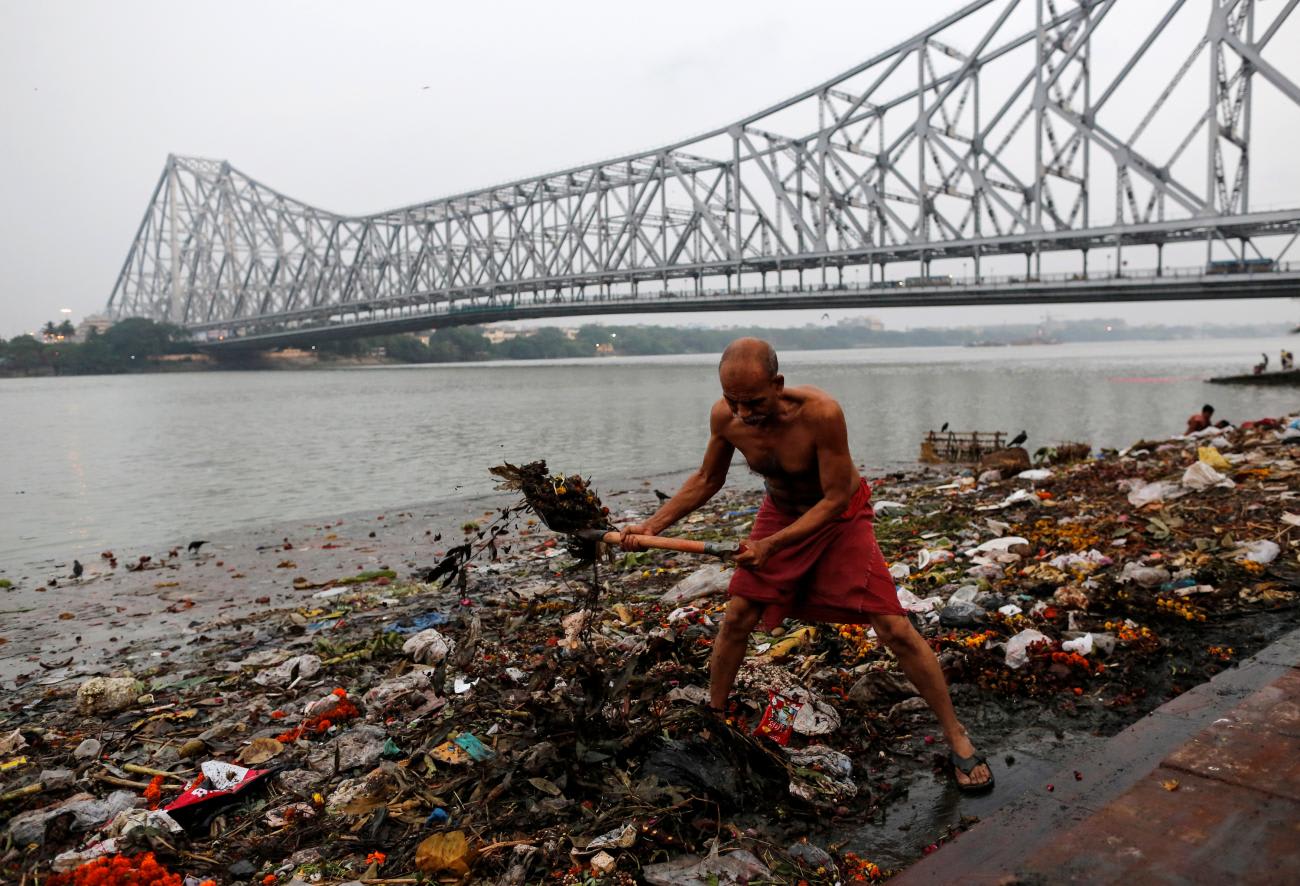
The situation is equally critical in parts of India because of the Farakka Barrage, which was inaugurated 50 years ago. The barrage fails to flush enough water during monsoons, leading to recurrent floods in economically vulnerable states such as Bihar, Jharkhand, eastern Uttar Pradesh, and West Bengal. Moreover, India's original goal of preserving the navigability of the Kolkata seaport has largely remained unfulfilled. Researchers attribute these failures to the barrage's flawed design and incorrect assumptions about water availability that underpinned the 1996 treaty.
Although the literature on transboundary water governance frequently addresses dam-induced ecological degradation, research often neglects or discounts consequences for health security. The case of the Farakka Barrage and the Ganges water-sharing treaty is even more complex, and researchers have yet to fully trace the extent of health security breaches triggered by the barrage and the treaty.
Widespread arsenic contamination in the Bengal Delta illustrates the gravity of the issue. Because of the Farakka Barrage, the availability of surface water in the downstream areas during the dry season remains severely inadequate. People are forced to rely heavily on groundwater for household use, irrigation, and drinking. Moreover, the scarcity of surface water limits the natural replenishment of groundwater reserves.
This overextraction of groundwater—already contaminated with arsenic due to its historically high concentration in the deltaic sediments—has led to widespread arsenic poisoning. Around 77 million people in the Bengal Delta were affected by arsenic contamination between 2000 and 2010. The World Health Organization once described the situation as the largest mass poisoning [PDF] of a population in history.
A Planetary Health Makeover
Policymakers, negotiators, and technical experts should consider the link between human health and water system when shaping the discussion for renewal of the treaty. Including the principles of the planetary health framework would make up for the opportunities both sides missed in 1996.
A planetary health makeover of the existing treaty should include recognition of the ecological, environmental, and public health consequences of the Farakka Barrage and transboundary water sharing. Addressing these consequences should be stated as one of the goals of water sharing under the treaty itself, and both countries should commit to jointly develop a program of work to address these issues.
The treaty should also mention Bangladesh's and India's responsibility to protect the ecological integrity of the water systems under the Convention on Biological Diversity, as well as their commitments to the SDG 6 (ensuring access to clean water and sanitation) and a just transition to clean energy, considering hydroelectricity could be an important energy solution in the region. Without addressing the Farakka-induced challenges, neither Bangladesh nor India will be able to achieve their environment and clean energy goals within their respective boundaries.
It is widely accepted that river basins are single entities—despite flowing through different states—and should be managed as such. An effort toward a planetary health makeover will be an appropriate step toward more effective water management and will open opportunities for future collaboration between the two countries.
